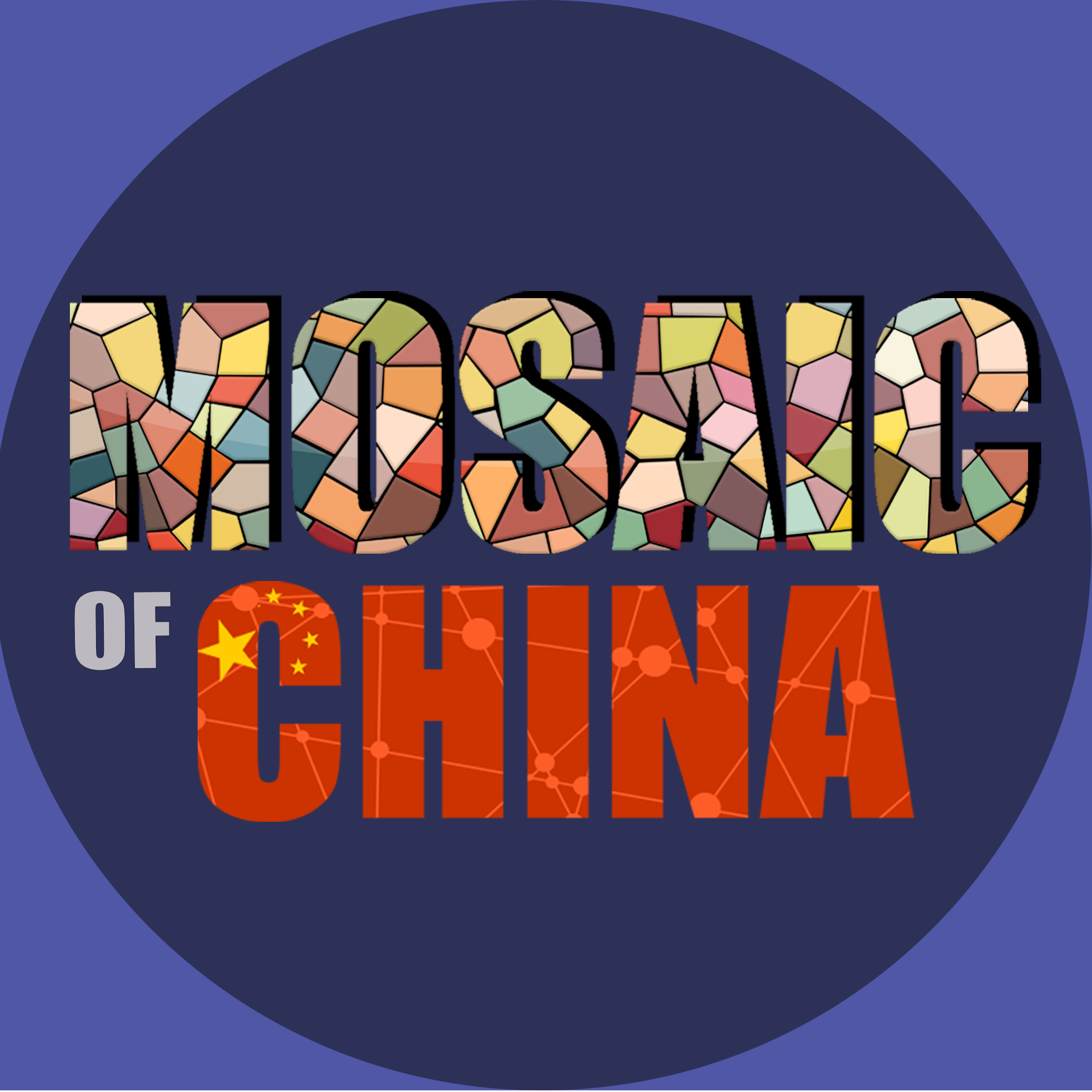Season 03 Episode 20
The details below are for the REGULAR version of this episode. For the PREMIUM version, subscribe on Apple Podcasts, Patreon (outside China) or 爱发电 (in China).
Episode 20: The Gemstone Buff
Christina CHAO - Gemologist and Jewellery Designer, 福 For U Jewels
Original Date of Release: 09 May 2023.
There's a field of academic study that sits at the intersection of geology and fashion, and that's gemology: the study of gemstones. Identifying, categorising and grading gemstones is a specific skillset, but valuation can be more subjective, particularly when it comes to regional variances such as with the inordinate popularity of jade in China.
Christina Chao is a gemologist and jewellery designer in Shanghai, who is passionate about translating the science of gems into the art of jewels. And as she describes in today's episode, that's a skill she often puts into practice when advising nervous men looking for engagement rings for their girlfriends. Or indeed nervous podcasters who don't know the first thing about gemstones.
The episode also includes a catch-up interview with Vy VU from Season 01 Episode 08.
Season 03 is supported by Shanghai Daily - the China news site; Rosetta Stone - the language learning company; naked Retreats - the luxury resorts company; SmartShanghai - the listings and classifieds app; and JustPod - the podcast production company.
To Join the Conversation and Follow The Graphics…
View the Instagram Story Highlight, the LinkedIn Post or the Facebook Album for this episode. Alternatively, follow Mosaic of China on WeChat.
To view the images below on a mobile device, rotate to landscape orientation to see the full image descriptions.
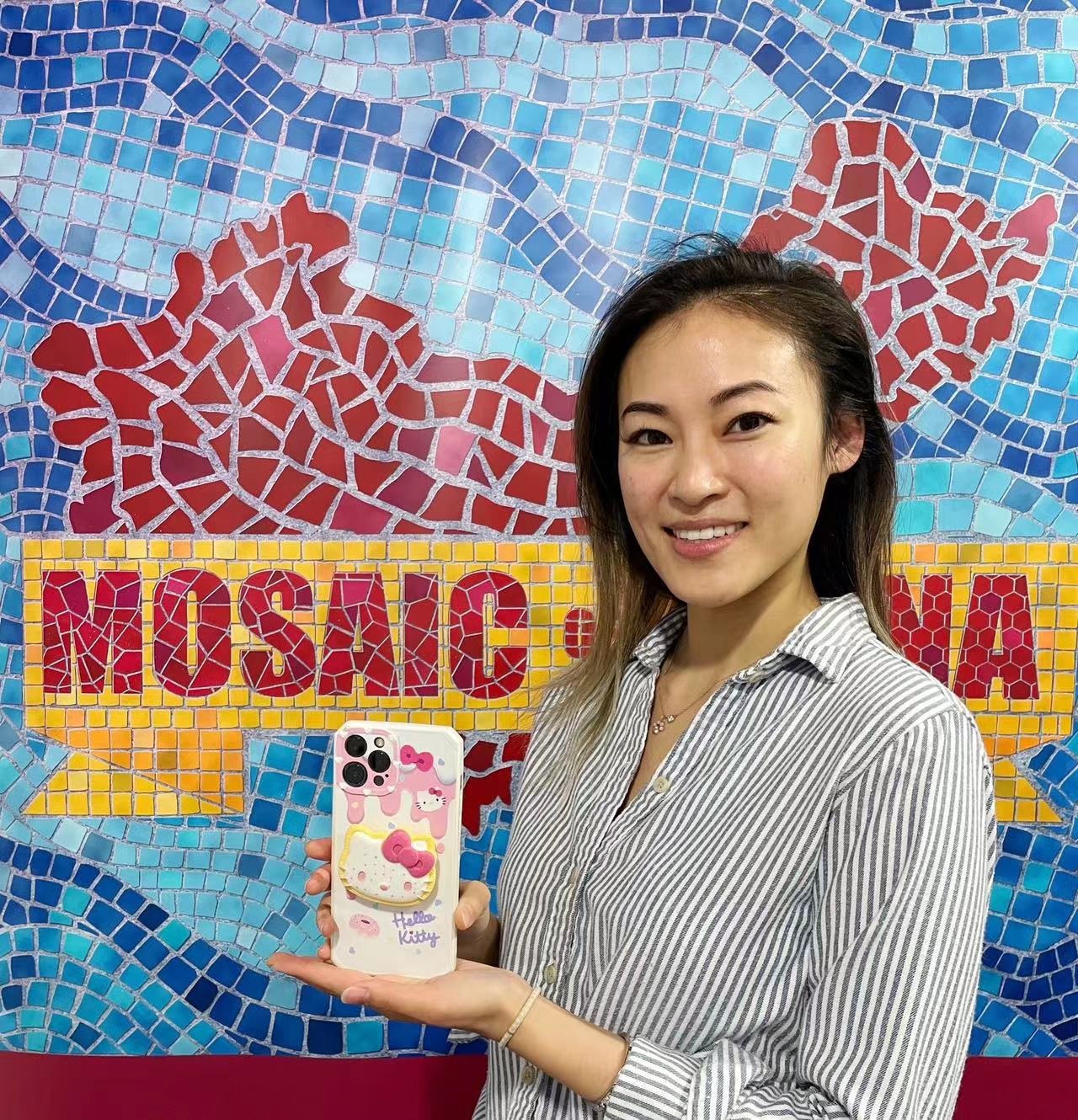
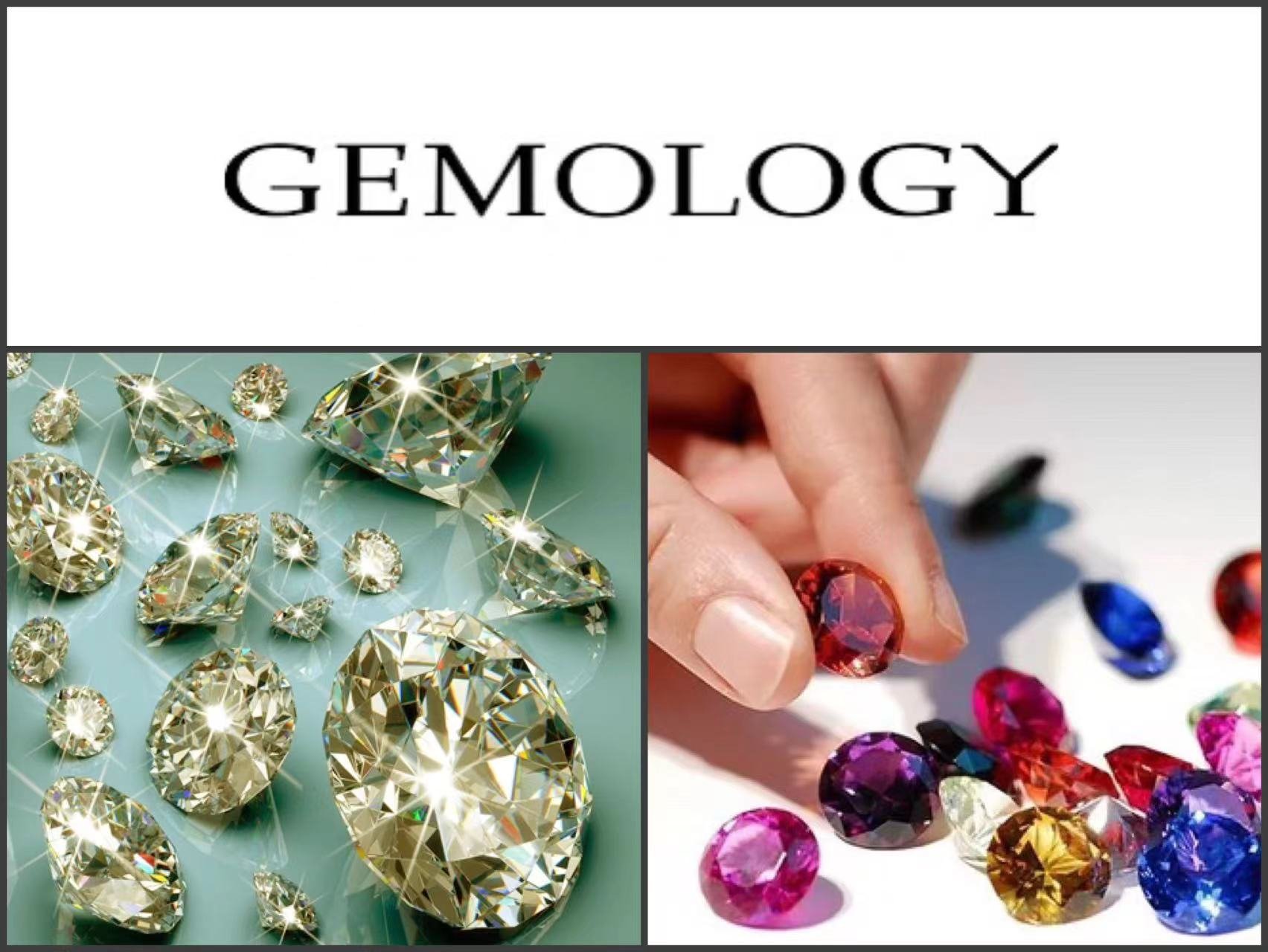
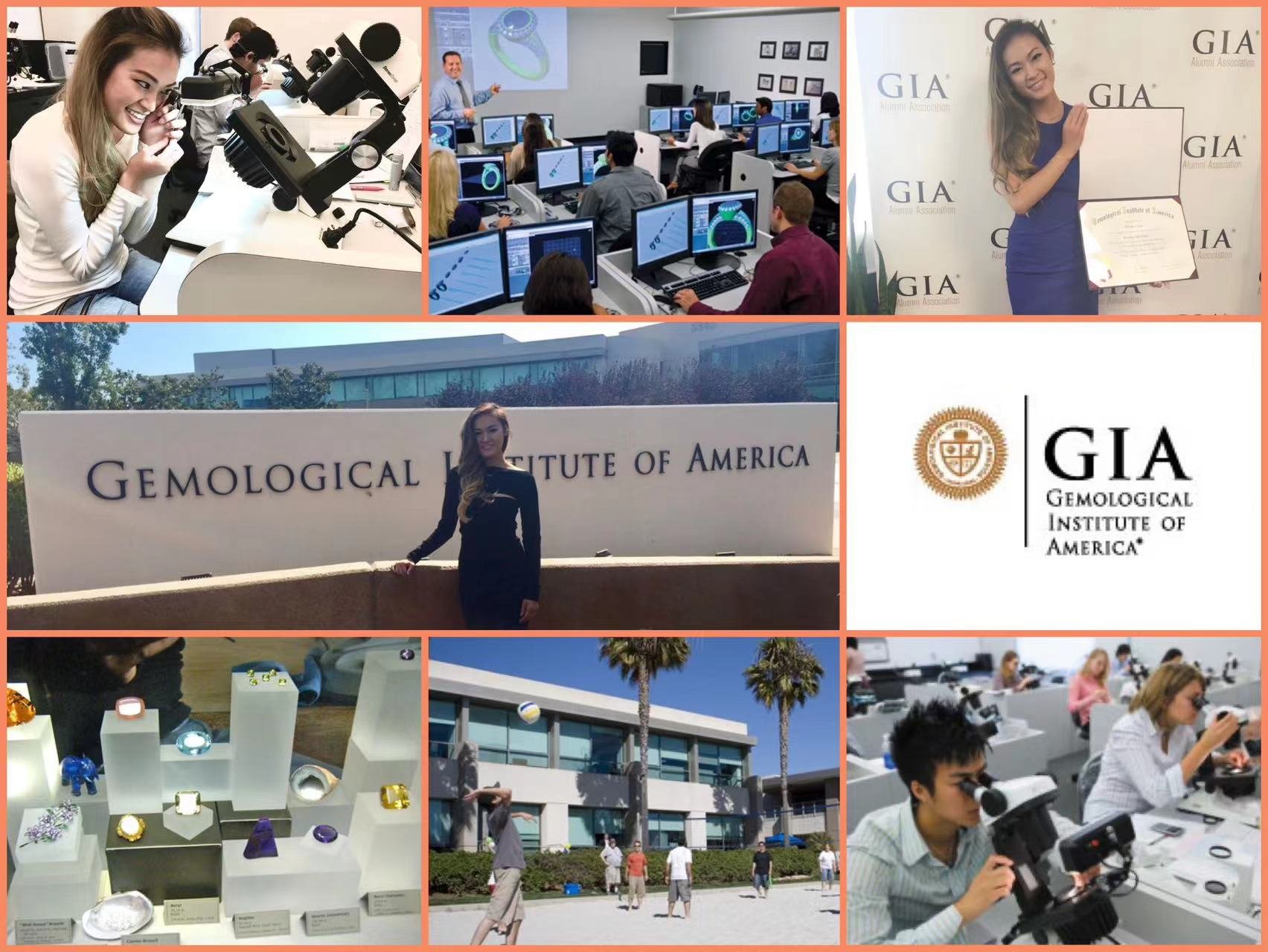
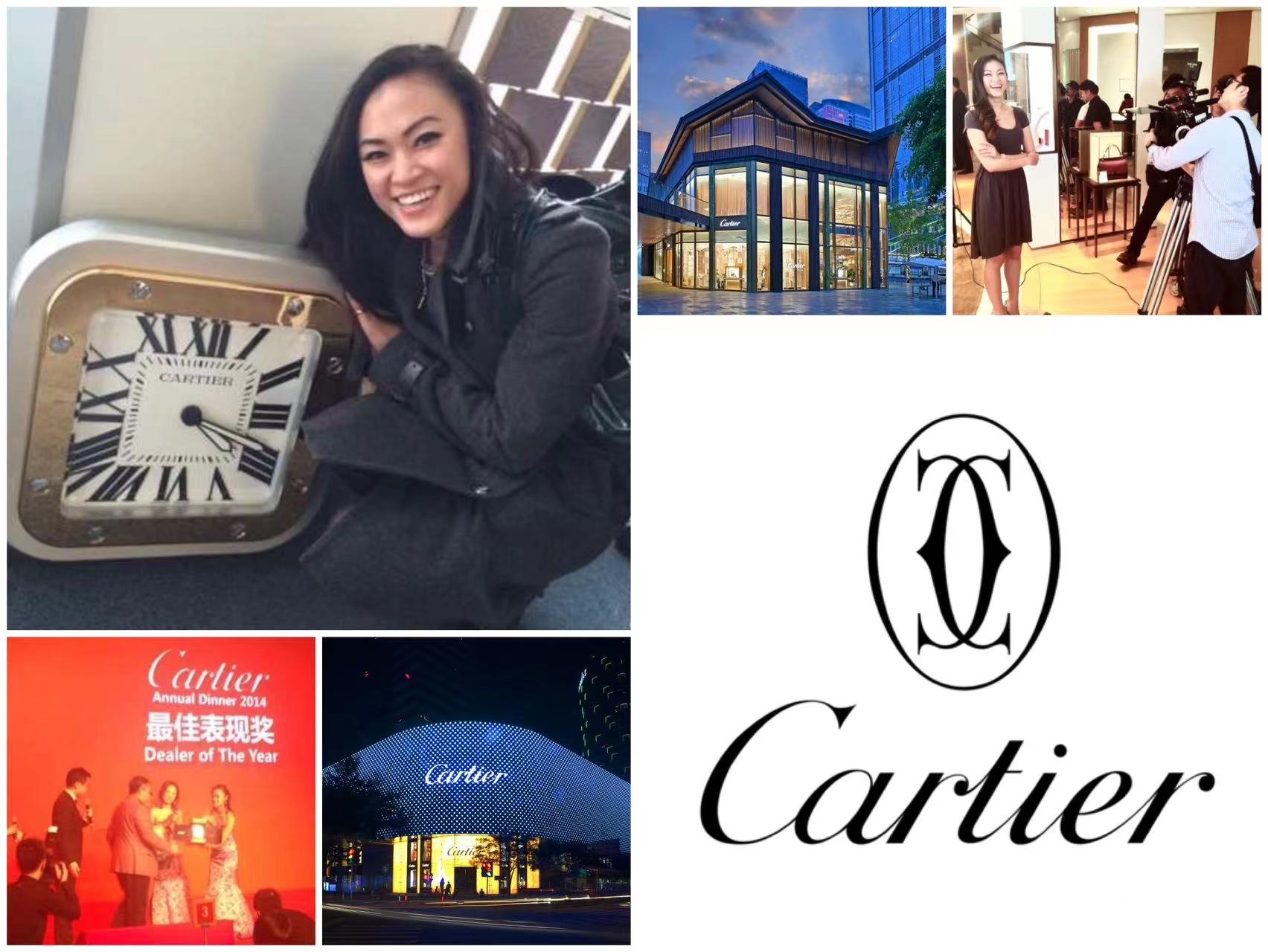
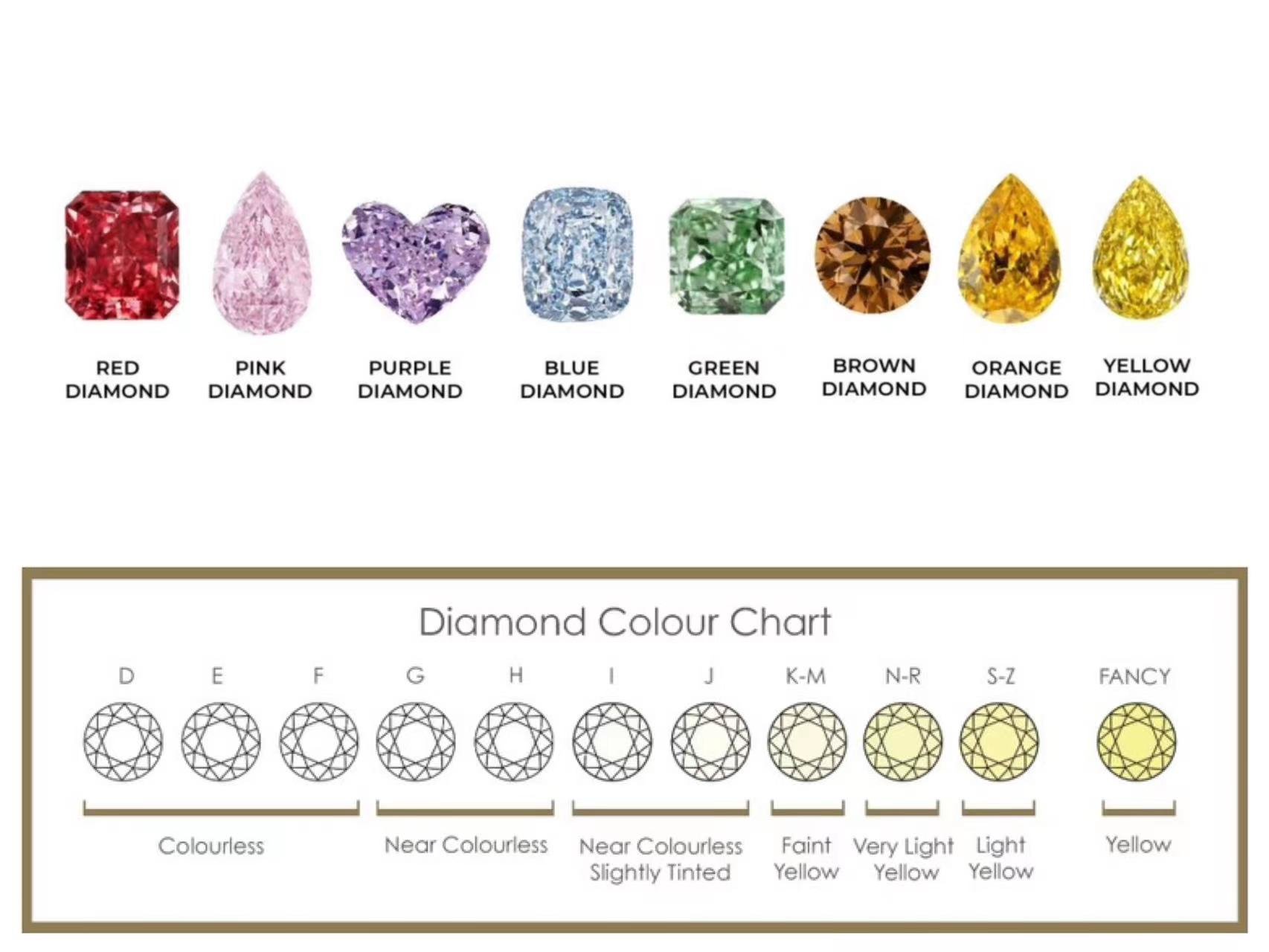
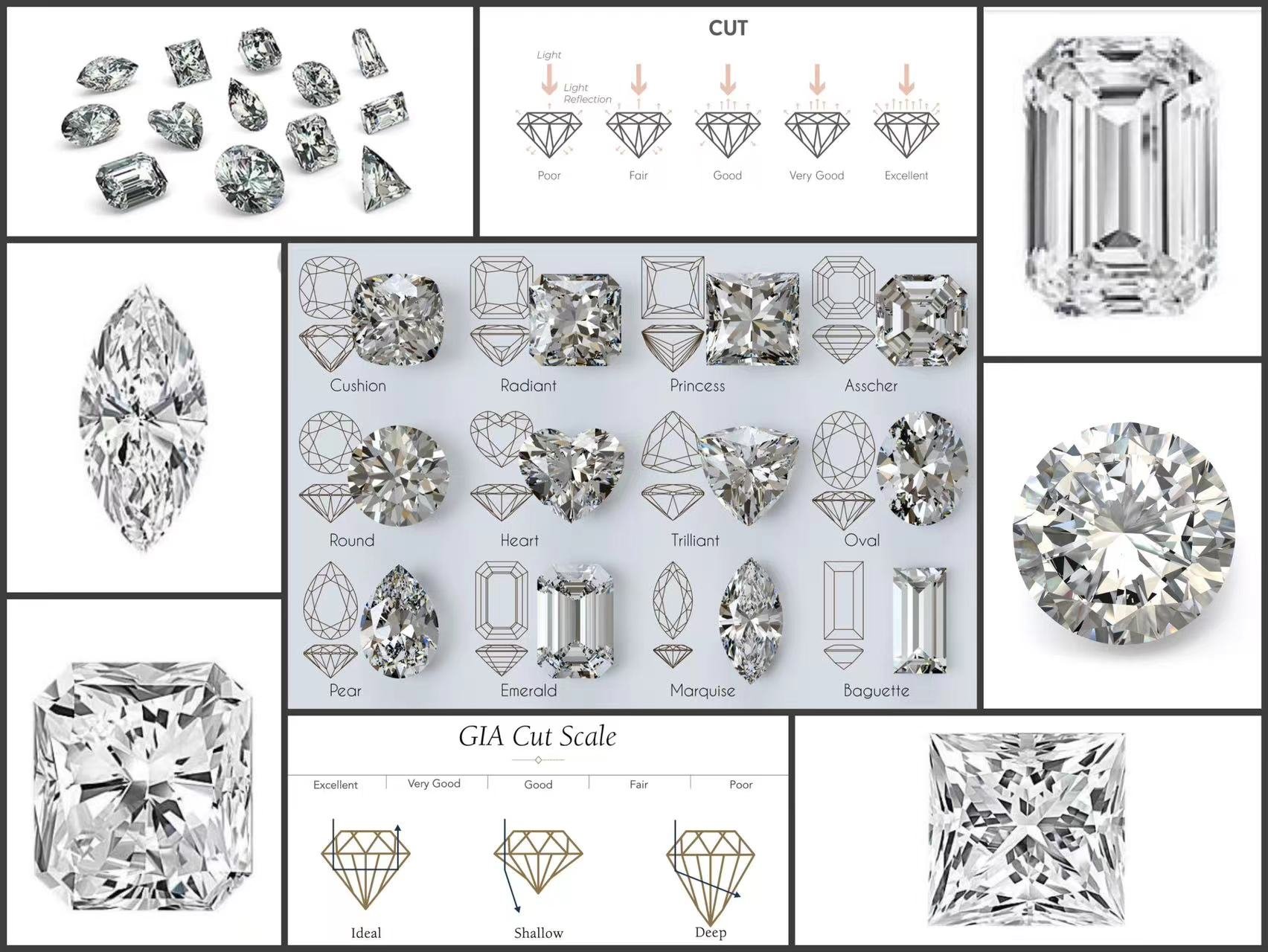
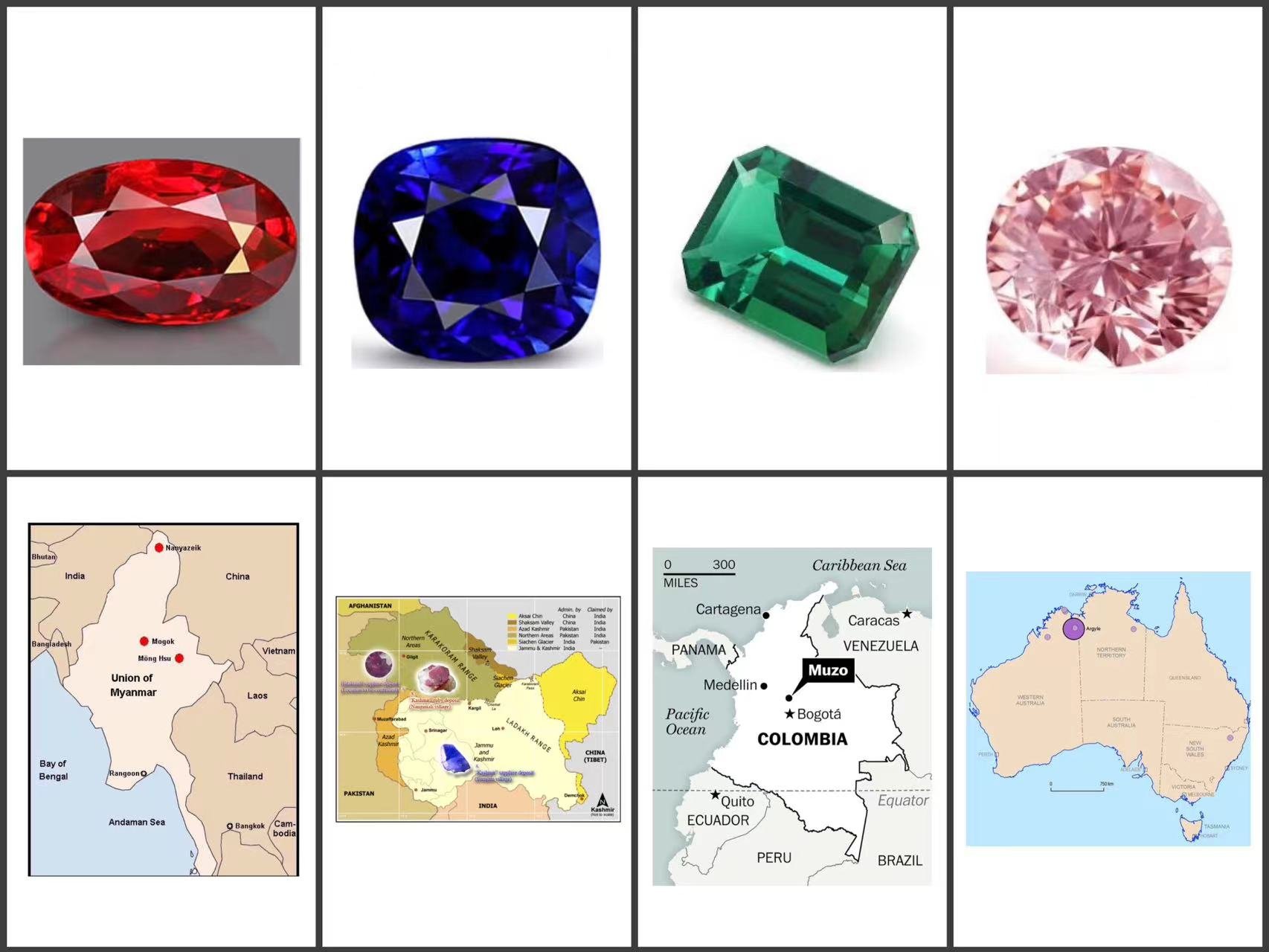
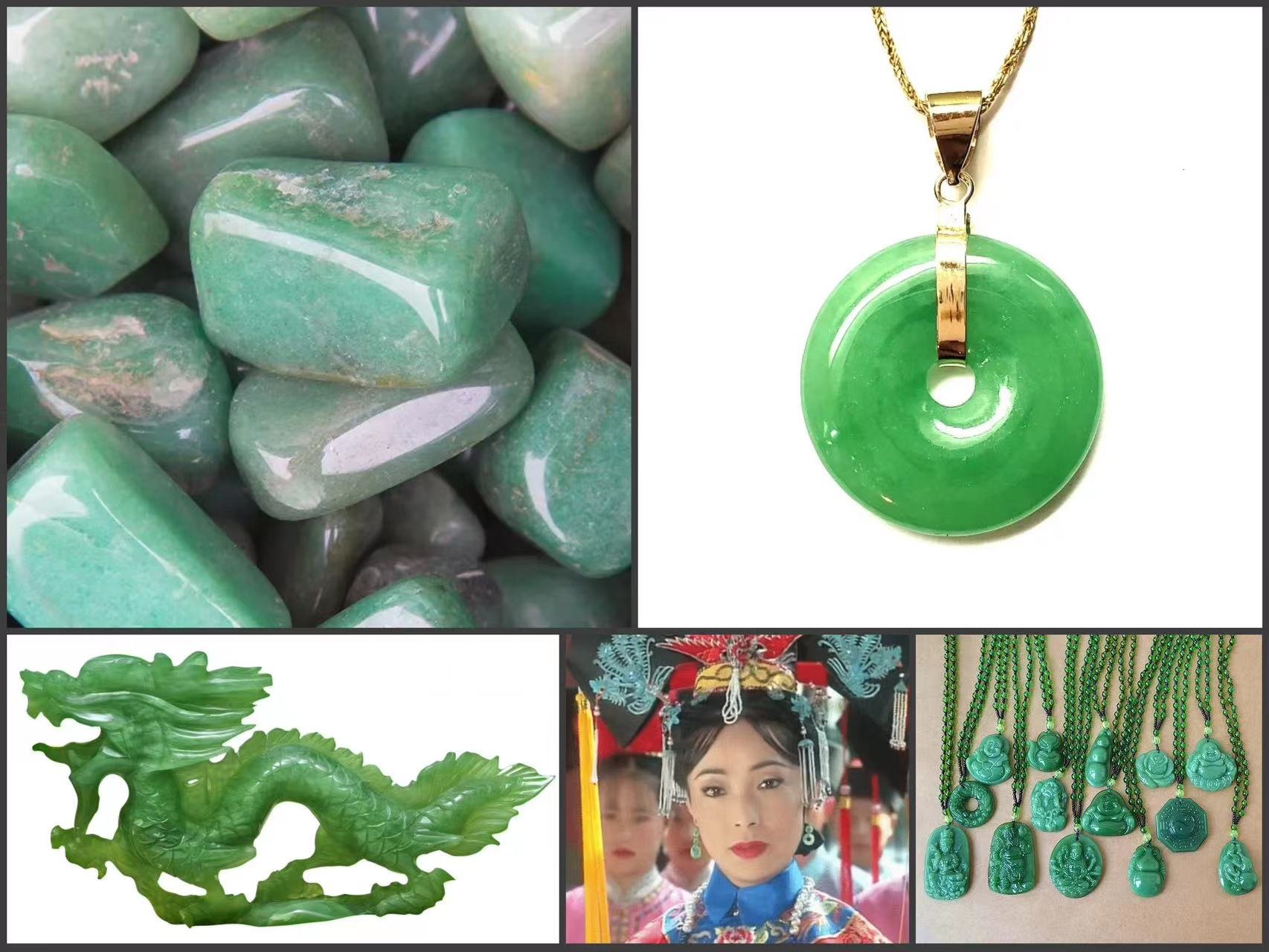
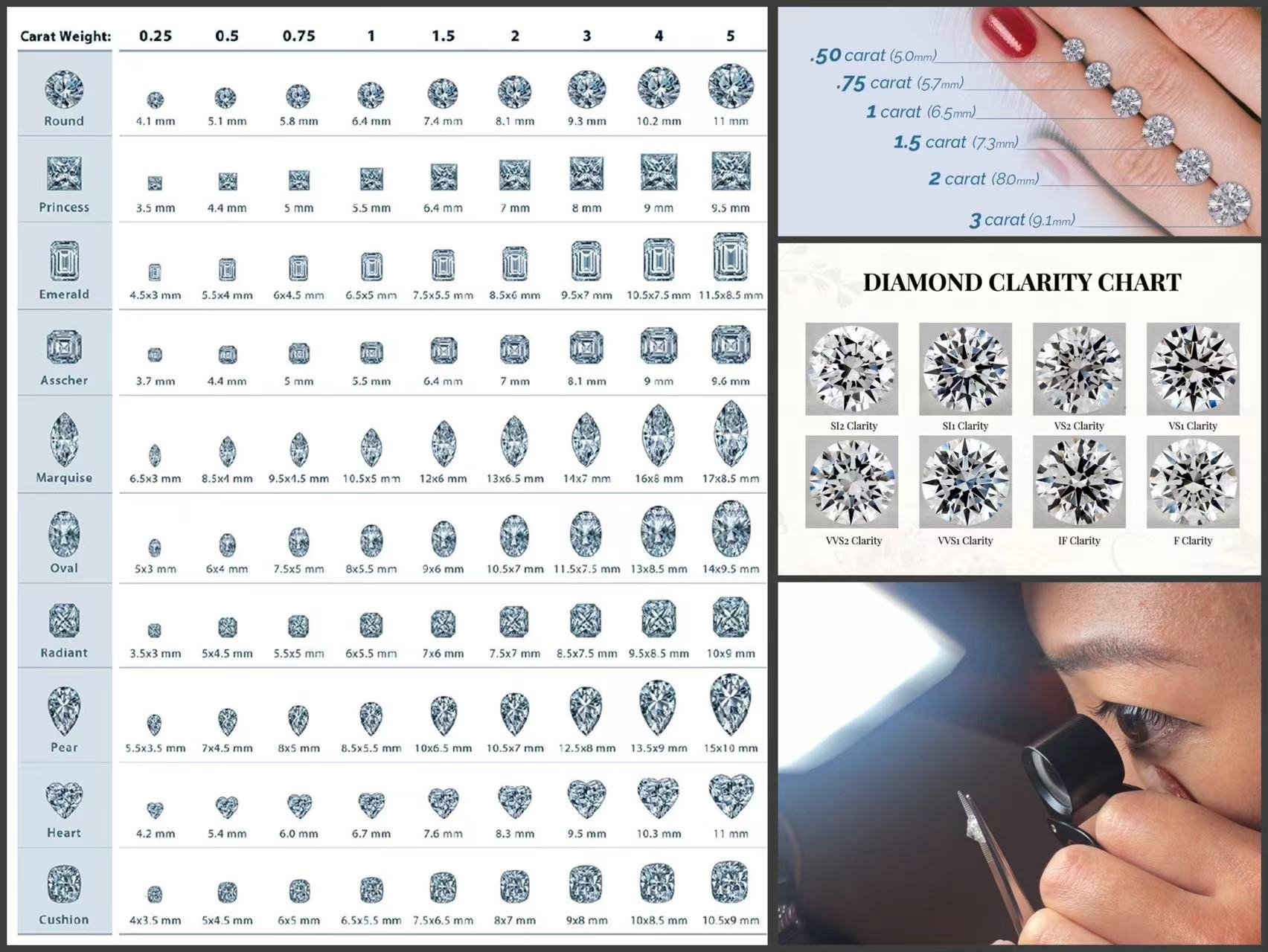
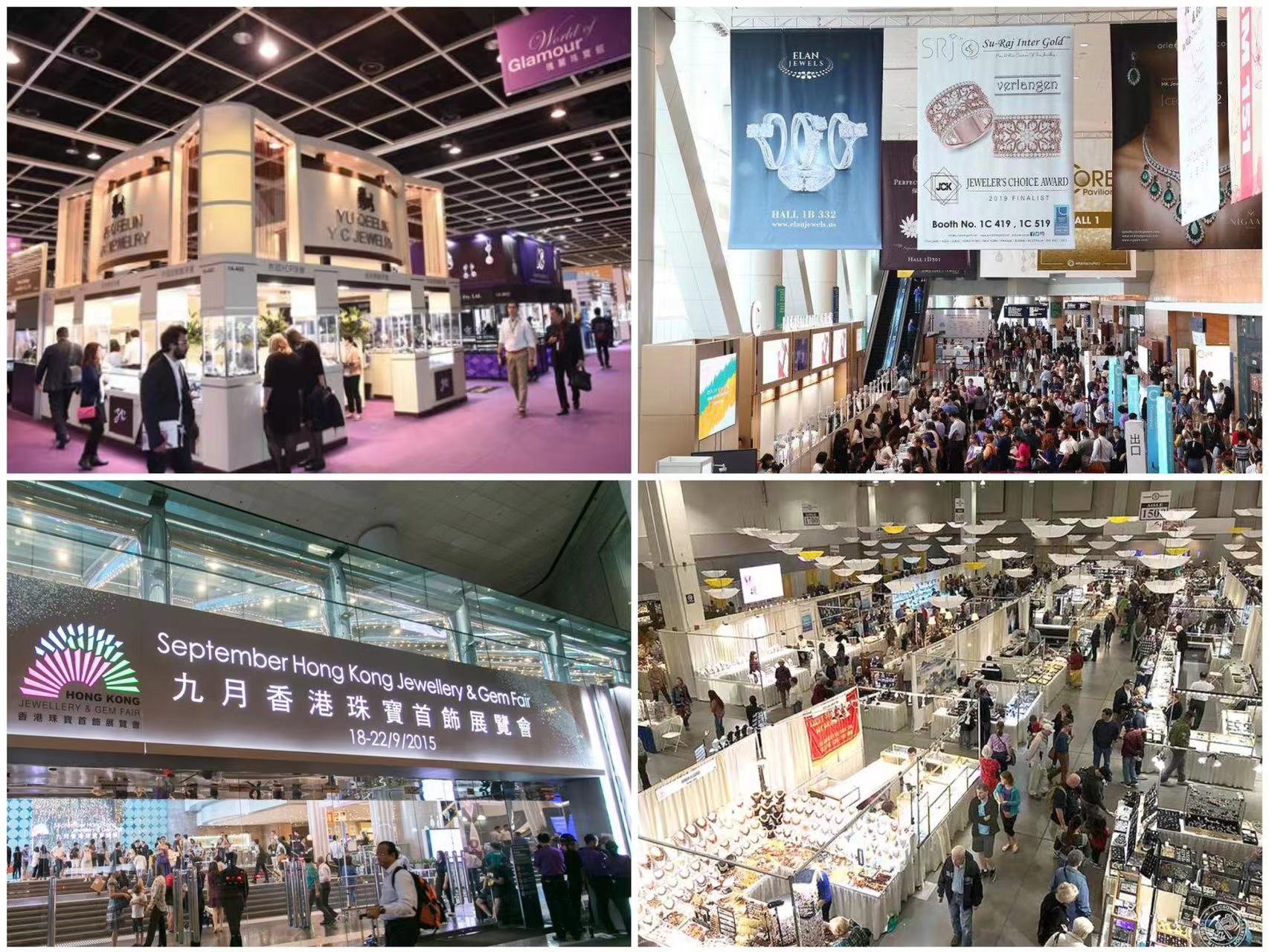
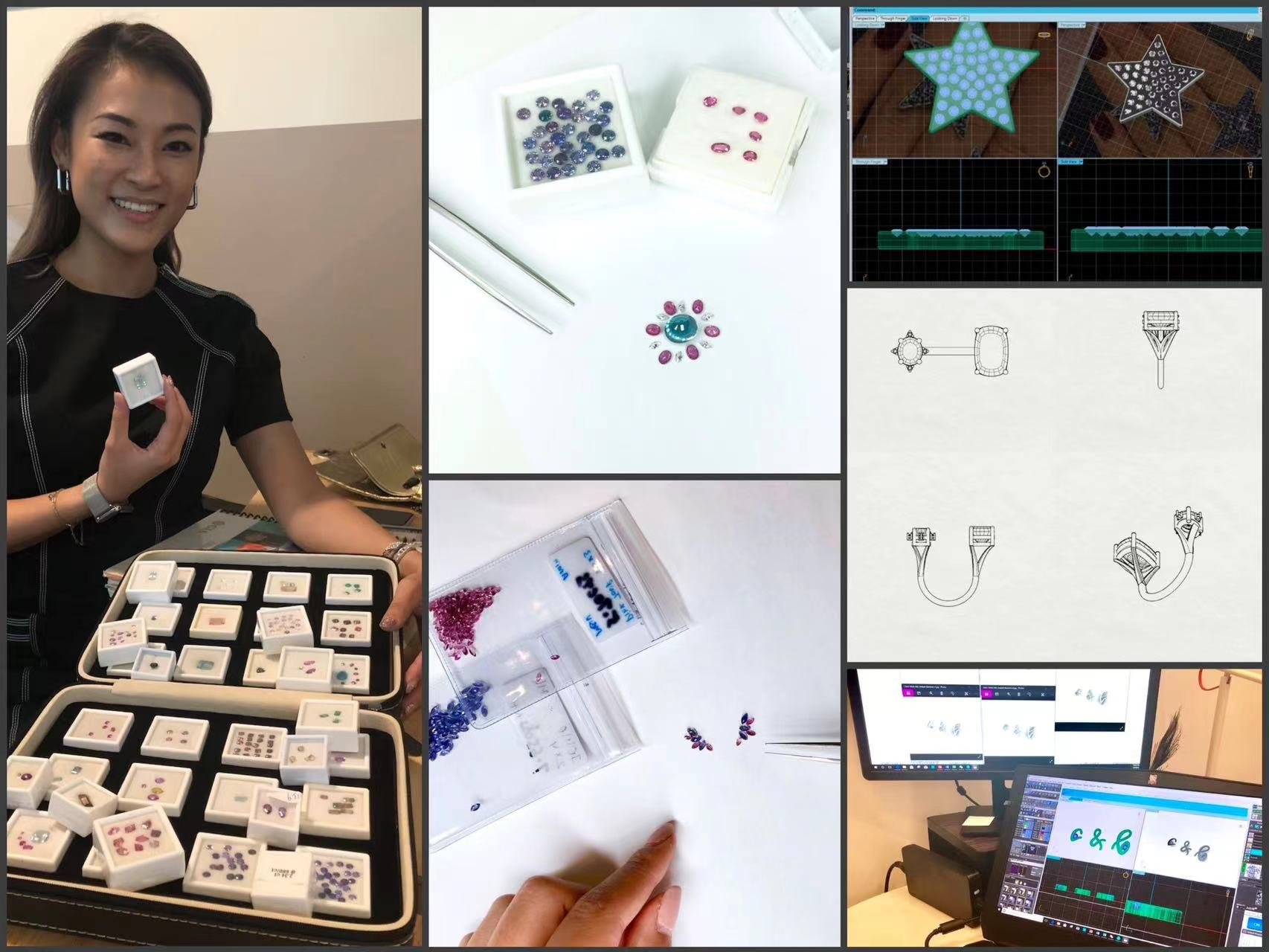
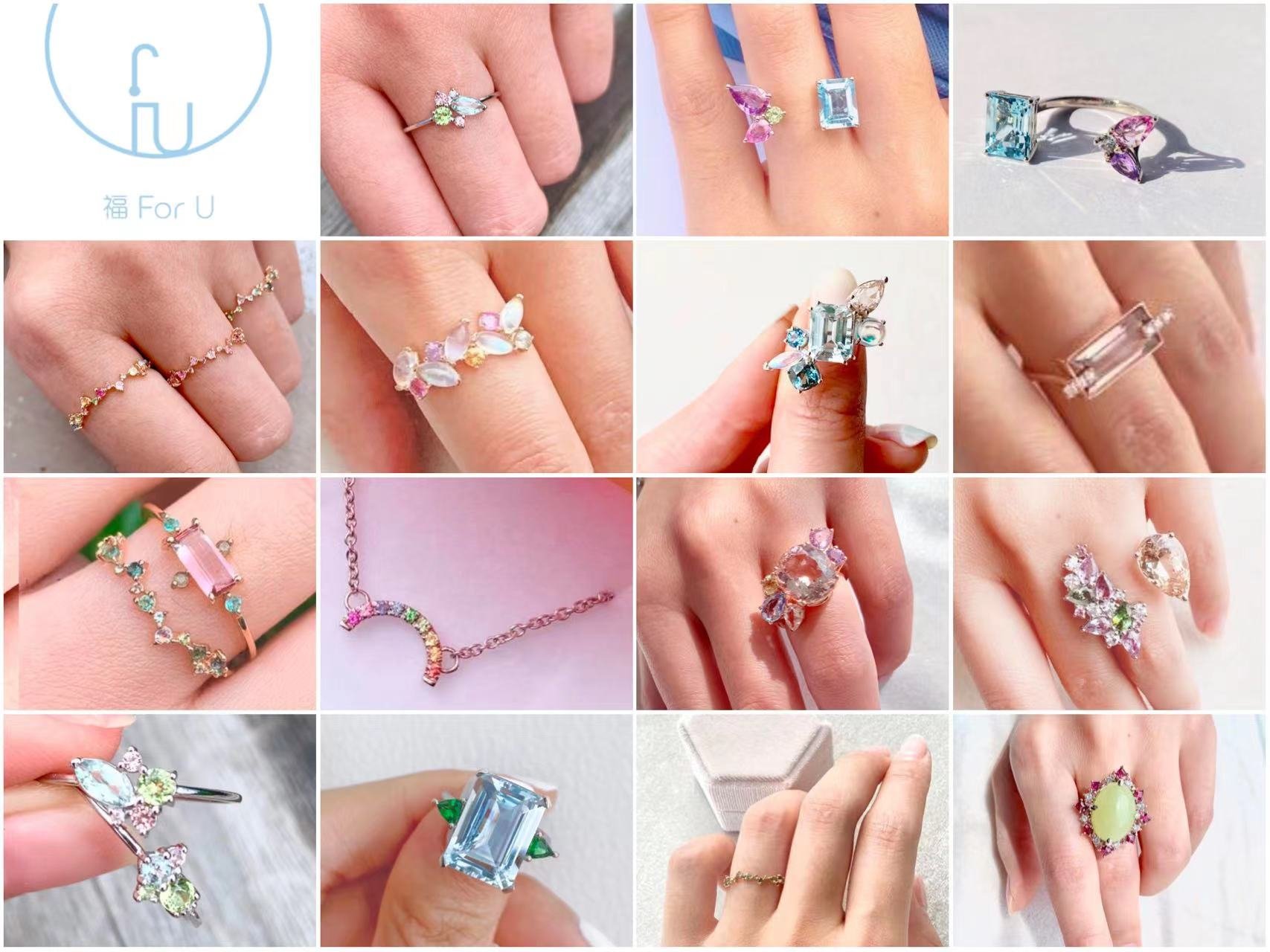
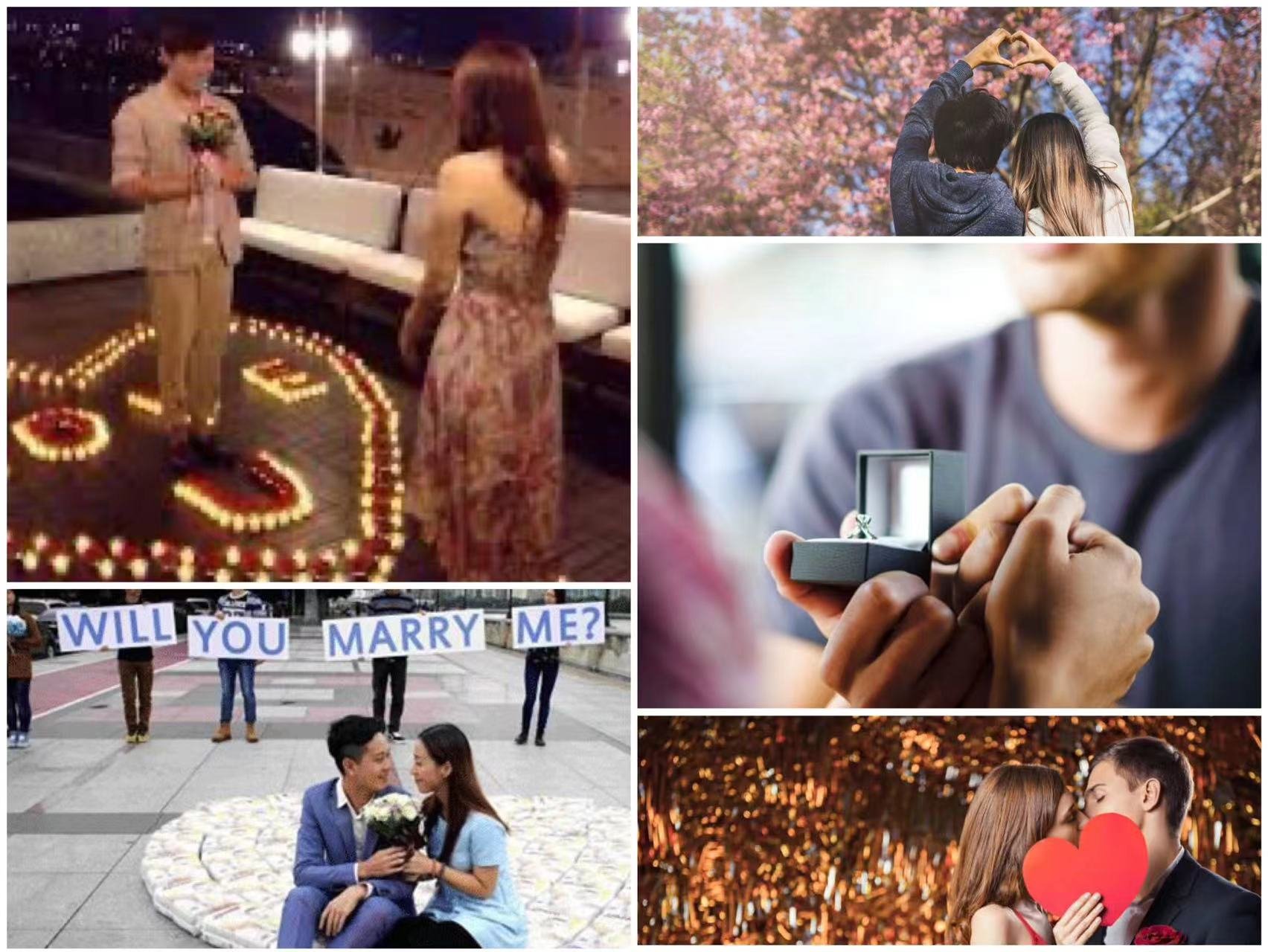
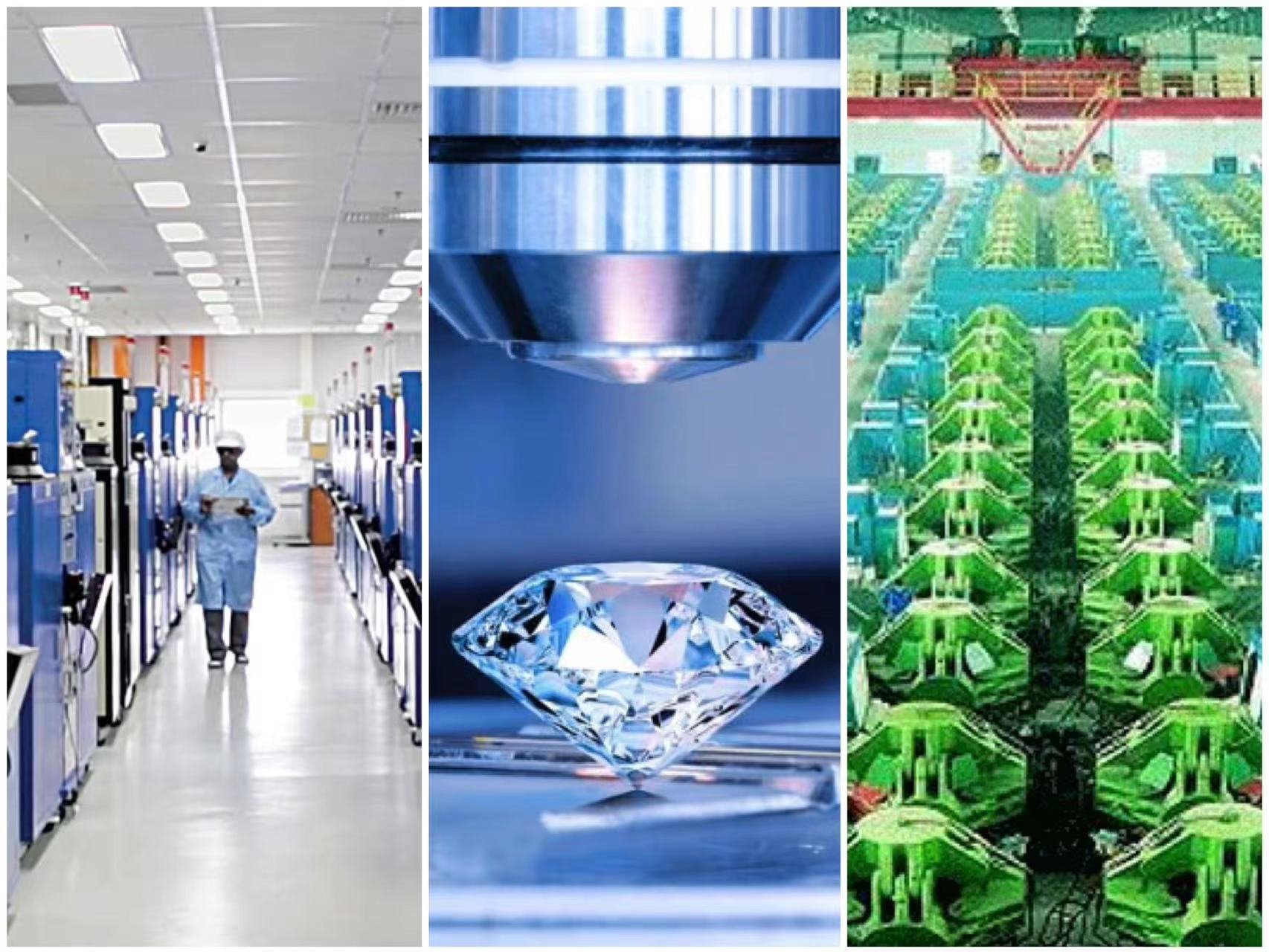
![Christina Chao’s favourite phrase in Chinese: 谢谢 [Xièxiè - Thank you].](https://images.squarespace-cdn.com/content/v1/5d40122274f3720001d9543b/1683296515601-0S82KOX6ZY7HUH4RQX6A/CN+11612+s03e20+Christina+CHAO+F+Q02a+Phrase.jpg)
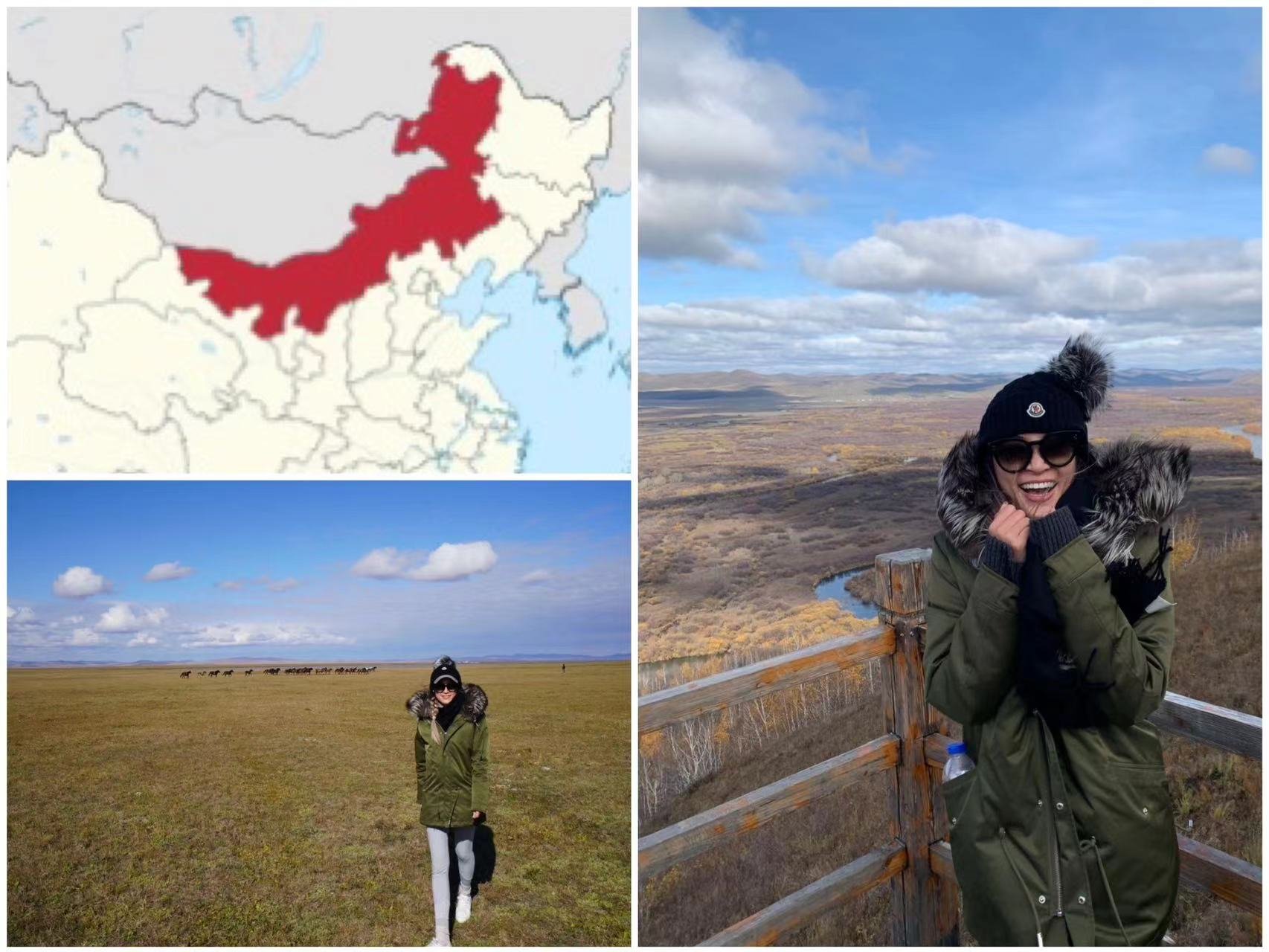

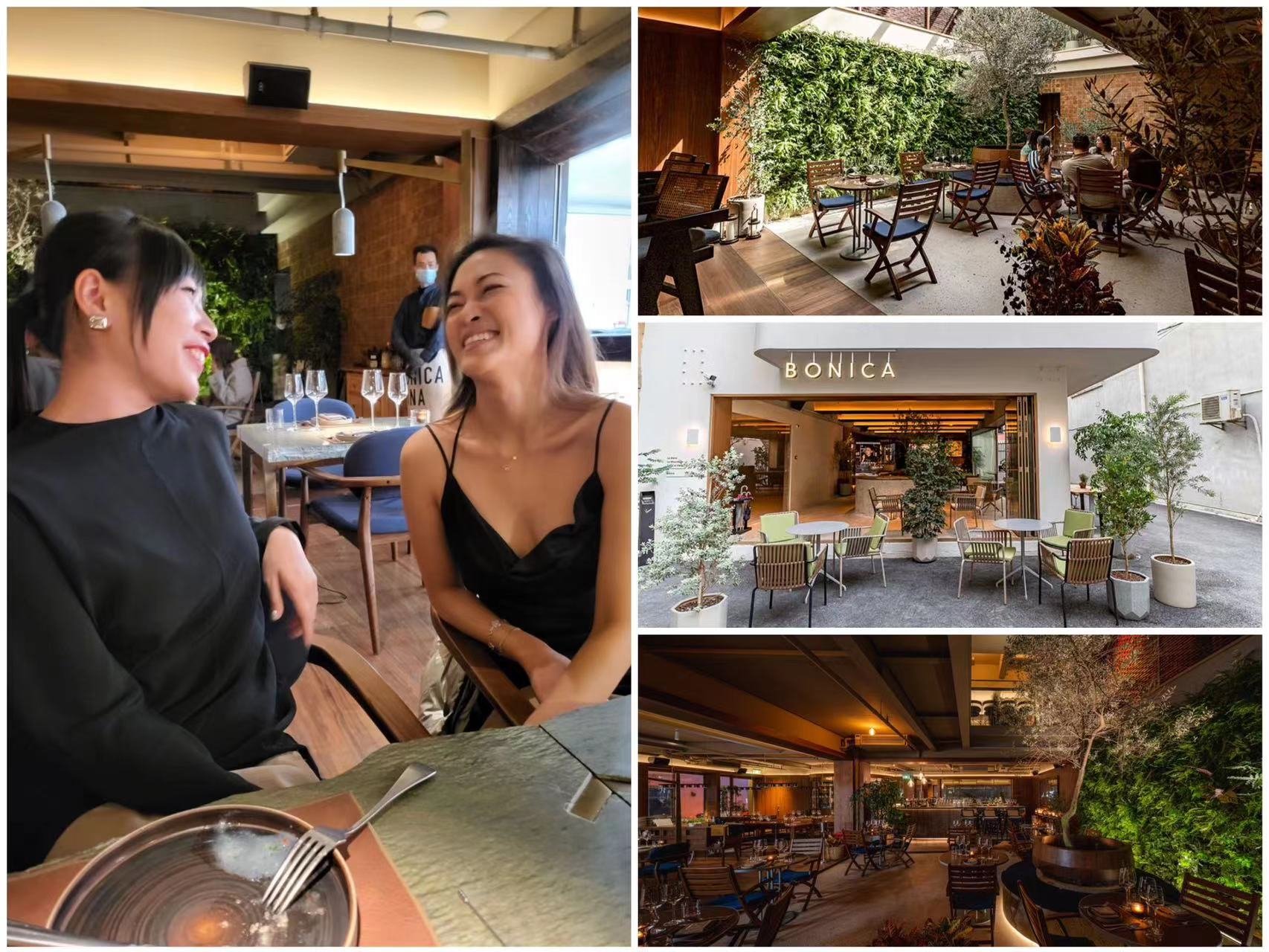
![Christina Chao’s best purchase in China: 飞跃 [Fēiyuè] shoes](https://images.squarespace-cdn.com/content/v1/5d40122274f3720001d9543b/1683296523506-LQ9HOZ432JCARWJS0CO9/CN+11617+s03e20+Christina+CHAO+D+General+Episode+Image.jpg)
![Christina Chao’s go-to songs to sing at KTV: '简单爱 [Jiǎndān Ài]' by Jay Chou.](https://images.squarespace-cdn.com/content/v1/5d40122274f3720001d9543b/1683296524031-BYJFF9GABH0ZA739MQ97/CN+11617+s03e20+Christina+CHAO+L+Q09a+KTV.jpg)
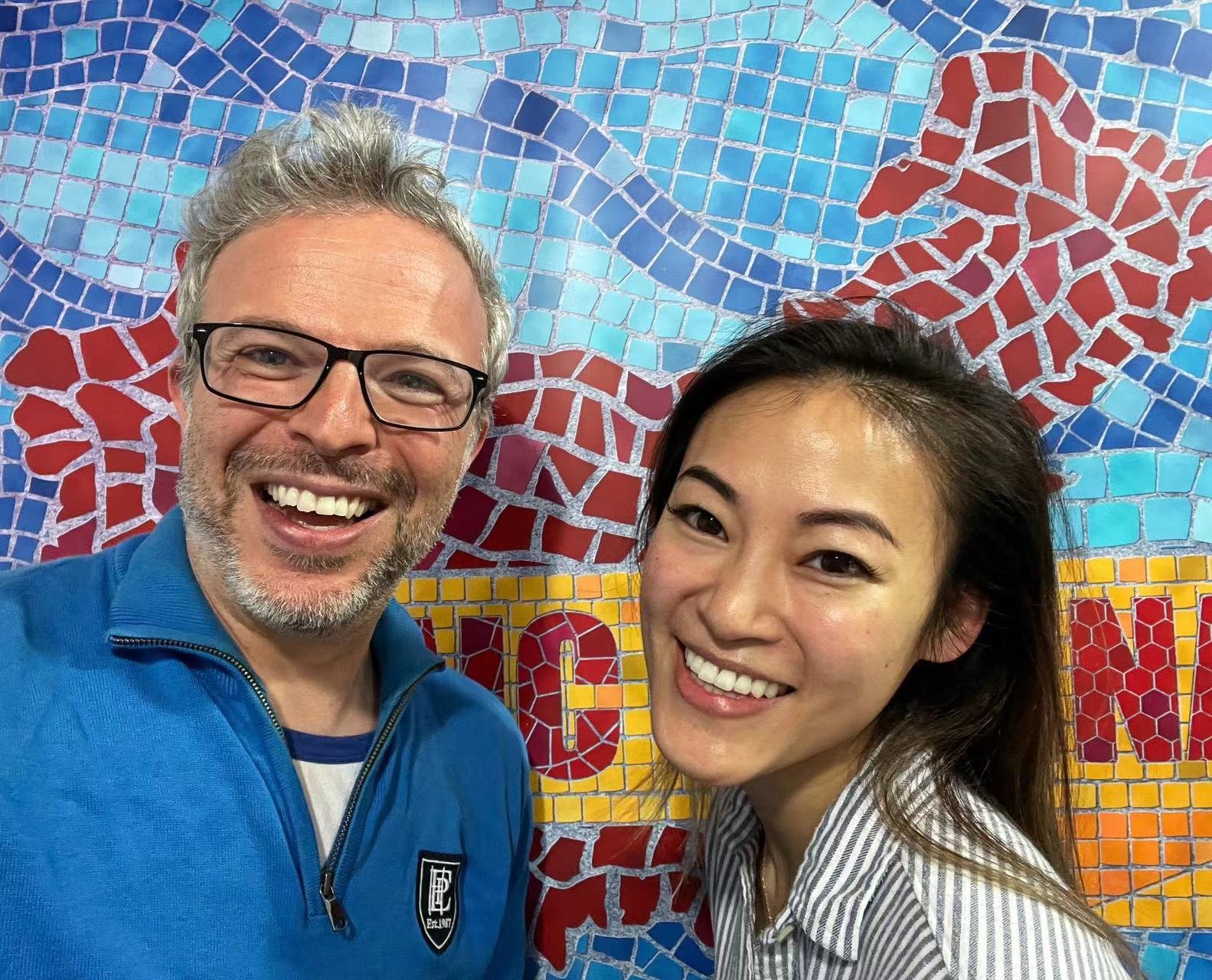
To Listen Here…
Click the ▷ button below:
To Listen/Subscribe Elsewhere…
1) Click the link to this episode on one of these well-known platforms:
2) Or on one of these China-based platforms:
To Read The Transcript…
[Trailer]
OF: So you can tell a terrible diamond from a good one, but it's harder to tell a good one from a great one.
CC: Oh, that's exactly it. Oh you’re so good.
[Intro]
OF: Welcome to Mosaic of China, a podcast about people who are making their mark in China. I’m your host, Oscar Fuchs.
If I said to you that there’s some kind of overlap between geology and fashion, would you immediately realise what I’m talking about? I’m talking about gemology, which I guess you could call the science of bling. In today’s episode, I’m speaking with Christina Chao, who is a gemologist, and in my interview with her I could have talked more about the fashion side of her work, but instead I chose to focus more on the geology side. There are two reasons for this, the first one being that given a choice, I’m personally much more comfortable talking about the geeky side of things rather than the fashionable side. Just take one look at me, and that should be clear. But the second reason is that I’ve already interviewed a jewellery designer on the show, that was Angie Wu from Season 01 Episode 18. Since that conversation was more about Angie’s artistry, I wanted to take a very different tack in my conversation with Christina.
So I’m saying all this for three reasons. Firstly, to remind you about Angie’s episode, so that you can listen back to that as an accompaniment to today’s show; secondly to reassure others on the same end of the geek spectrum as me that you shouldn’t be scared of today’s episode, I promise you’re going to find it both interesting and fun; and thirdly to apologise to Christina for focusing our chat more on her science rather than her art. And while I’m apologising, let me also mention that very near the end of our recording, something strange happened for a short time to Christina’s microphone in the studio, not once but twice, and I lost her side of the conversation. I’ve done my best in the edit to salvage what she said by turning up the volume on what got picked up from her on my microphone. It’s really right at the end, so by the time you get to it you’ll probably have forgotten all about this apology. In which case, maybe I should be apologising for wasting your time with these apologies.
[Part 1]
OF: We are ready to start. Hello Christina.
CC: Hi Oscar!
OF: That’s a very chirpy and optimistic start. I can just tell from your voice that you're in a good mood. Is that right?
CC: Yeah, of course. Always.
OF: Beautiful. Thank you very much for coming. In one sentence, what would you say that you do here in China?
CC: So I'm a gemologist certified by GIA. I design custom pieces for people, and make their jewellery dreams come true.
OF: Make the jewellery dreams come true. The first question I ask everyone sitting in that chair is, what object did you bring that in some way typifies your life here in China?
CC: I brought my phone.
OF: Your phone.
CC: For China.
OF: So this is a very ‘route one’ object, I must say. What does the phone mean to you?
CC: I feel like in China, literally our life here is dependent on our phone. My business is done a lot over the phone. So the phone basically is my life right now.
OF: Mm-hm.
CC: And sometimes I wish I could disconnect for maybe just a week at a time. That would be nice.
OF: Of course, you might have brought that object if we were doing ‘Mosaic of LA’ or ‘Mosaic of Nairobi’. But there's just something about phones in China where it's that much more important.
CC: Yeah. And it goes to the efficiency of China, right?
OF: Well, you remind me of the first person who ever used the phone as their object. And that was Tom Barker, who was the Kiwi diplomat - so, from New Zealand - and he was saying there is a privacy aspect which you have to also keep in mind. How necessary it is, and at the same time how we lose a little bit of privacy…
CC: Yes.
OF: … In some aspects, more than in other countries, right?
CC: For sure.
OF: Mm-hm.
CC: I feel like they know exactly what I'm doing, where I am, at all times.
OF: Yes. Whoever ‘they’ might be.
CC: Yeah.
OF: Well, you said right at the beginning that you are a gemologist. Let me be honest with you, I very rarely wear jewellery. In fact, I probably only own one piece of jewellery, which is my wedding ring. So you're talking to somebody who is completely uninitiated into your world, which means that I have the carte blanche to ask you all the most stupid questions that perhaps others would never ask you.
CC: There are no stupid questions.
OF: Well, tell me about gemology.
CC: So, gemology is the study of gemstones. How they form, how we value them, how we appraise them. It's a very scientific understanding of why gems have the values that they have.
OF: Let me go to the most fundamental piece about this. Why do we put such value on these rocks?
CC: I think there are two things. One is, they are a natural resource. It's a commodity, where there's a finite number. Added to that, they're really beautiful to look at. So I think that speaks to some people about wanting to be able to have that, and share it with those around them. The second thing touches upon our nature for consumption.
OF: Mm-hm. I feel like I'm putting you on the spot, right? Because in the hierarchy of things we need, jewellery is way way down.
CC: Exactly, yeah.
OF: And you would agree with that?
CC: I totally agree with that. I mean, I think when the pandemic first started, I really felt that - in my industry, right - jewellery is not a basic necessity. So when the macro environment is so uncertain, what do people do? People try to go for the necessities first. And my industry, I think, was one of the ones that felt it.
OF: And did that actually impinge onto the way that you feel, like “What is my worth?” Like, “What am I doing this for?” Like, did that have that effect on you?
CC: Definitely. It was always a topic I felt morally conflicted about. Because the industry is very glitzy and luxurious, and all based on consumption. Granted, yes, the jewellery pieces I make for my clients, they always appreciate it. And I'm celebrating a milestone with them. So that, in a way, is very fulfilling. However, I think for greater society, I always question “Is there something more I can do?
OF: Mmm. Well, let me give you an ‘out’ here. Because in the pandemic, what did we all turn to? We turned to things like Netflix - the entertainment side - which maybe you take for granted, and you think it's just superficial. But the things that made us happy during those really hard times were important.
CC: Oh, that is a really nice way of putting it, yeah.
OF: Right? Well, I don't want to go too far from that initial question about gemology. It's got an ‘ology’, so it's something which you have to study?
CC: Yes. I went to school for six months at GIA in Carlsbad, California.
OF: Oh, I know Carlsbad.
CC: Oh my god, it's such a beautiful beach town. It's just nice and relaxing.
OF: And that's where you're from, or..?
CC: No, that's where the GIA headquarters is.
OF: OK.
CC: So that's where I stayed for six months. From 8am to 3pm, every day, all we did was study gems. You have to get the gems right 100% to pass and get the certificate.
OF: Mm-hm.
CC: So it was actually a very strict class. But before that, you know, I was in the jewellery industry already. I was working at Cartier China after graduating college.
OF: OK, so it wasn't out of the blue that you landed on this profession.
CC: No, it was not. I started working when I was 16. And I knew I wanted to be in the luxury and fashion industry. It was just something that I always loved. Luckily enough, I graduated early from college, got an internship with Cartier China, they hired me as a full time employee one month in, and I started my career in jewellery.
OF: Wow. You've mentioned your education, so that makes me think about the connection you had with a previous guest from last season, Douglon Tse.
CC: Yes.
OF: Let me play what he said about you.
[Start of Audio Clip]
DT: I recommend someone I've known for many years, her name is Christina Chao. I went to high school with her, and she started her own company doing gems and diamonds.
[End of Audio Clip]
CC: Yeah.
OF: Tell me about your connection to Douglon then.
CC: So I've known him for over a decade. And obviously, we went to high school together, a small high school in Massachusetts, right outside of Boston.
OF: Mmm.
CC: He was on the wrestling team, and I was a manager for these teams. So he was on the wrestling team that I managed. This baby Douglon, you know. He's about three years younger than me.
OF: Oh, right.
CC: So, you know, in high school that's a lot.
OF: So I guess you still think of him as you’re little baby brother.
CC: He’s definitely stuck in that, in my mind. He's younger than my own younger brother. So I'm like “Oh, Douglon."
OF: OK. So that was high school times.
CC: Yeah, that was 10 years before my internship.
OF: Well then let's fast forward again. So you said that you had your first job in Cartier in China, tell me about that time.
CC: I loved my experience there, I think. Landing that job out of college was such a dream come true. I had worked since I was 16 to get this dream job, and when you achieve it at age 20, and you work for them for four years, you feel like “Is there more for me? Is there something else I can try?” And that was my personal conflict at 25.
OF: Mmm. OK, so you did work with them for a good few years though.
CC: I did, I did. I had different functions with them, starting with marketing, and then customer relationship management, ultimately ending doing operations, strategic planning, and high jewellery events. So that's actually what led me to become even more interested in gemology. I was looking at these pieces being sold for millions of dollars, and I didn't understand why. So I wanted to have a more professional understanding. And so I went to GIA.
OF: And ‘GIA’ stands for what?
CC: Gemological Institute of America. They are a neutral third party grading company that evaluates diamonds and gemstones.
OF: Mm-hm.
CC: Diamonds are all based on the ‘4 C’ scale.
OF: Four Cs?
CC: Colour, carat, clarity and cut.
OF: OK.
CC: So there's a way to numerically organise that into prices.
OF: So for example, of those four Cs, which is the easiest one? Colour, right? You can tell that straight away.
CC: Colour is a little tricky, no. Because it's on a scale from D to Z, and every colour is just ever so slightly different.
OF: Yes.
CC: Just a tint more than the one before, and it’s very difficult to tell what colour grade they are. So the easiest, I think, would be cut. Which is the shape of the diamond, plus how it's polished and how symmetrical it is. Is it a cushion shape? Is it a round shape? Is it a princess cut?
OF: And so you're seeing them at a time where they've already been processed in some way before it gets to your eyes.
CC: For sure. I only deal with cut gems. Raw gemstone dealing is a whole other science that is too crazy.
OF: Really? So when it comes to the cut then, someone has made a choice on cutting it in a certain way based on the rock itself?
CC: So when miners find a rough diamond, let's just say. Diamonds are grown in octahedral shapes. So a round diamond, cutting from an octahedral, will waste 50% of the rough.
OF: Oh, so the round diamond will be more expensive.
CC: Yes.
OF: Because of the waste involved in creating that shape.
CC: Exactly.
OF: You’re paying for what's not there.
CC: But you're paying for a more rare diamond, because it's harder to cut in that shape, right?
OF: Mm-hm.
CC: Let's take another shape. For example princess cut, which is a square-shaped diamond.
OF: Aha.
CC: That only wastes about 10-20% of the rough. And with that, obviously the price will be a little bit more favourable. However, the shapes of diamonds and the way they sit on a person's hand is all personal preference.
OF: Mm-hm.
CC: Some like rounds, some don't. Chinese people, I think, prefer rounds because it symbolises unity. So generally when they propose, they prefer round diamonds.
OF: Mm-hm. And it just so happens that you can charge more money for it too.
CC: Yeah.
OF: Oh dear, I'm bullying you now. Is it mainly those two shapes, then? Or what are the cuts are there?
CC: Oh no, there’s a tonne.
OF: Go on.
CC: There's the marquise shape, like two sharper top and bottom edges; there's Asscher cut which is square-ish; there’s radiant cut, which has more facets so it tends to be very sparkly; there's a tonne. People get really creative with it too, some will cut like tennis racquet shapes or Buddha head shapes.
OF: Really?
CC: Yeah!
OF: There you go. I mean, this is obviously the passion that you had before. But presumably it grew as you learnt more about it
CC: Definitely, the more I learned about it, the more I fell in love with it. I used to never be a person for colour stones. And I think they’re just so fun. There are so many different colours, and different combinations, different region origins, and why they're from certain regions only, and how to make synthetic ones, different processes of that. So cool.
OF: OK, well you’ve touched upon other topics. So let me go to what you first said just there about the colour stones: emerald or sapphire, ruby, these are the colour stones, right?
CC: Yes, correct.
OF: So you would say that there's a different kind of colour if you get a ruby from one part of the world, versus another part of the world?
CC: Yeah, I mean really high-end rubies, they call it the ‘pigeon blood’ red…
OF: Pigeon blood red.
CC: Yeah.
OF: That’s not a beautiful way to describe it…
CC: It’s not a beautiful way, no. But it's got this special highlighter red. But this pigeon blood red from Myanmar is specific to that region.
OF: Hmm.
OF: Emeralds, right. So there's a specific mine - Muzo emerald - that have inclusions that you can see that are different from other regional emeralds from Brazil. Kashmir sapphires from the mountain region of Kashmir. The pink diamond mine in Australia, there's just one specific mine that produces the most beautiful, slightly reddish/pink diamonds. They've ran out of supply, so there is no more of that.
OF: And so who gets to decide which one is the valuable one?
CC: I think you just touched upon a really good point. It is about scarcity, I think as it is with a lot of our natural resources, like gas, coal. But a lot of times it's very subjective, right? Colour stones - as the name indicates - is based on colour, and colour is a very subjective thing.
OF: Mmm.
CC: And regional. For example things like jade command higher prices in China, because Chinese people love jade.
OF: I really am not a fan of jade.
CC: Oh.
OF: I’ve been in Asia now for coming up to 19 years. I've been surrounded by jade. And as an amateur, walking past the jewellery shop I'm like “What is that green snot?” I intrinsically don't see the value in it. What is it about jade in particular that is so respected in China?
CC: I think it has to do a lot with the Chinese history, right? It goes way back, right?
OF: Of course. Back to the Emperors, right?
CC: Yeah.
OF: OK. So we talked about the colour part. You've explained the cut part. What were the other two Cs?
CC: Carat size, which is how big the diamond is. Carat is equal to weight. Each carat is about 0.2 grammes. That's just how we weigh gemstones. And then we have clarity. Clarity is how clean the inside of a gem is. Some gems like emeralds are very naturally included. So you don't expect to find a perfectly clean gem. For diamonds, yes, there are flawless gemstones where there's nothing inside. And those are actually the trickiest for us to grade in the diamond labs.
OF: Oh, I see.
CC: We grade gems at 10x magnification. But with flawless diamonds, we literally go up to like 50x, 70x, just to make sure that that little piece of thing on the diamond is not a dust particle. So those are the hardest to grade, you have to make sure there's actually nothing there.
OF: And you have learned how to differentiate an inclusion versus a piece of dust.
CC: Yes, we do. We go up and down on magnification; we turn the gem around and around; we literally look at every single facet on the gem.
OF: Mm-hm. The more I hear about your studies, it sounds like an eyesight test more than anything else. Let's talk about, then, how you get your hands on these gemstones. How does that even work?
CC: So before the pandemic I used to travel for jewellery shows, and that's usually where I get a lot of my gems.
OF: Aha.
CC: Dealers from all over the world - like Brazil, Africa, Thailand, Sri Lanka - they'll bring their gems to these shows. And it's a centralised location where people like me - designers, retailers - can go to purchase in wholesale bulk.
OF: Yes.
CC: These massive halls, one after the other, row after row after row. So you would spend, like, 2-3 days walking down each row, comparing prices, comparing colours. They're actually very similar to each other.
OF: Yeah, totally.
CC: Yeah.
OF: That is bamboozling. I mean, I think about just me in a market where there's fruit.
CC: Yes.
OF: But why should I buy an apple from this person versus that person? It comes down to just the relationship you have with the vendor.
CC: It's similar. It could be because I've seen you at the show, we already have this relationship. Or I have better communication with you. It's the same concept as when people want to work with me. Like, why should they come to me over another jewellery designer? There's so many. It's about the relationship that you have; and the communication: How easy it is to talk to each other; how well do you understand what I need; and how well can you provide that?
OF: The lighting must be intense.
CC: Oh yeah, they’re super bright.
OF: Really?
CC: Yeah, they really know how to make their gems look good, manipulating it to the best of the gemstones’ colour.
OF: Right.
CC: So sometimes I’ll ask them if it's OK if I pull a gemstone to the side where it's not as light. Because you know, you have to keep in mind, they’re booths.
OF: Yes. And they have their own lighting…
CC: Exactly.
OF: … And they are shining bright, bright light.
CC: Exactly.
OF: Hmm. What kind of scale are you buying these gems at then, at these places?
CC: Sometimes it could be really little, I just want to test out certain shapes or colours, a new design that I have in mind. With that, I'm able to choose exactly which stones I want to keep.
OF: The individual stones, right?
CC: Exactly. We call it ‘pick price’ and ‘parcel price’. When it's a parcel price, you just say “Oh, I want to pick up 10 carats.” And they give you…
OF: A bag.
CC: Exactly. 10 carats of whatever batch they have. And it's a cheaper price. Pick price is literally, you can sit there and pick through individual gemstones from the batch they have. Most of the times I do pick price, just because I'm quite picky on my colour combination.
OF: Mmm. So what you're saying is, when you buy in a bag, you don't look at each individual stone. So presumably, the seller is putting some lower quality gems in the same bag as high quality, and you have to just buy them in bulk, right?
CC: Well, I think it's something I've always told people about this industry: It’s an industry built on trust. There are a lot of family businesses, and it's a small industry. If you ruin your reputation, you're not going to get that second sale from me, or I'm not going to get that second sale from someone else. So you kind of hold yourself and each other accountable, in that sense.
OF: OK. So tell me about what you do with the stone then. When it's already been cut, what actually is your input into creating the finished product?
CC: For me, I always like to get to know my clients. And based on that, I will create a 3D model on the computer.
OF: Aha. So in that way, it's quite like other design jobs.
CC: It is very much like other design jobs. Like when you renovate a house, you have 3D renderings, things like that.
OF: Yeah.
CC: It’s a step closer to the final product, without going all the way through with production.
OF: Mm-hm.
CC: After that, I will present the idea to the client. I usually do three to five different ideas…
OF: So it's about positioning those stones in different configurations.
CC: Right, it's about designing with the stones, rather than putting stones on a design.
OF: Yes. So you try and keep the shape that they want to be.
CC: Exactly, I’ll sit for hours and just literally play around with the gems, mixing different shapes and directions. And then I'll ultimately put it on the computer and see how to physically put it together in a 3D way.
OF: Mm-hm. This is less scientific, and this is where the artistry comes in.
CC: Yes.
OF: And it’s about how does one colour offset the other? How do the shapes offset each other? Can you explain it in words, what it is that you're doing?
CC: It's literally just mixing and matching what I think is the most aesthetically pleasing - that the client will like - in terms of shape and colour.
OF: You're putting the client really at the heart of it, even above your personal aesthetic.
CC: For the most part, yes. Obviously, if something is completely out of my personal aesthetic, sometimes I just don't take the job, because I don't think I'm the right person for it, right? I would ideally like to have synergy between me and my client as well. It's my style - my personal touch - made for you, according to your personal style. I love to play around with pastel colours, your less conventional colours. People normally like red rubies, blue sapphires. I love the pale purple, the pale pinks. So I play around with a lot of colours. Fun; colourful; girly, I would say…
OF: But you have to have money too, though. So you can't be too young.
CC: Well, that's the thing. I created my brand, because after working for Cartier, I've dealt with clients who saved a long time to purchase these pieces. They're not cheap. And I want jewellery to be accessible. So I created my brand so that it's somewhere in between.
OF: Right. We’re just now talking about your customers. So maybe we can talk about the China market. Because until now, we could have had this conversation anywhere in the world, right? But you're selling your jewellery mainly here in China? Or do you see it as a global market?
CC: For me, the custom pieces are mostly done here.
OF: Yeah.
CC: Just because it's got that personal touch. Like I mentioned, I love having that relationship with my clients. My clients are mostly similar to my age, people who have travelled a bit and love having something that's unique to them, and not off the shelf. Because they probably already have a good number of those items.
OF: Mm-hm.
CC: The difference I see for these clients, they really value quality. What I see in the U.S. is they will usually opt for a bigger diamond and lower quality.
OF: Oh, I see.
CC: Versus clients here probably would give up on carat size, and go up in quality. Yeah.
OF: But then the quality side, I mean, you can see it with the naked eye?
CC: At certain grades, yes. When it's really clean, it’s hard even under the microscope. But when it's a bit lower…
OF: Right.
CC: Yeah.
OF: So you can tell a terrible diamond from a good one. But it's harder to tell a good one from a great one.
CC: Oh, that's a good way to put it, yes. That's exactly it.
OF: Can you hire me as your marketing person?
CC: Oh you’re so good.
OF: I see. And these clients, you interface with these people in these special moments of their lives. Like, does that give you a kind of view into these people's personal lives?
CC: Oh yeah, you can definitely tell how their relationship is by the way they interact with you, especially with engagement. When the guy comes to me and they're like “Oh, my girlfriend likes this; she’s that personality type; I think she would love this design; this suits her”, you can just tell how the relationship is, I guess.
OF: Wow. That guy walking in and asking for a custom-made jewel… That's a risk, right?
CC: It is a risk. And trust me, they're very scared, most of the time.
OF: Yeah, this might be the first time he's ever bought a diamond, he knows as little about diamonds as I know, and he suddenly has to fork out a month's worth of salary, whatever. So how do you deal with that kind of person?
CC: It's actually really cute to see. Because I obviously understand as well, this is probably one of their biggest purchases.
OF: Right.
CC: Aside from a house and a car.
OF: Yeah.
CC: And they know nothing about it, right?
OF: Yeah.
CC: For cars, guys know a little bit about it.
OF: Well, not all guys.
CC: But at least a car has a more utilitarian function…
OF: Yeah, yeah
CC: …And you are aware of its existence. Versus a diamond’s like “What is it gonna do for you?” So it's a lot of education; it’s a lot of sitting down with them and telling them about why things are different; and showing them different styles. So for me, as a designer, I love using pictures. It's easier for guys to comprehend when they see it, versus when they have to visualise it by themselves. So that's what I do.
OF: And I haven't gone through that process. But if it was me, I would bring my fiancée with me, and make damn sure. I know it's less romantic, but… I mean, how often does that happen?
CC: Hardly.
OF: Really?
CC: But you know what's interesting, that’s actually what I would prefer as a gemologist.
OF: Right.
CC: I would hope that he comes to me because I can make sure that it is exactly how I like it.
OF: Yeah right. Maybe we're both control freaks.
CC: Oh no, I never thought of it like that! But honestly, it's such a big purchase.
OF: Yes!
CC: I don't think anyone should risk it.
OF: No, exactly. I would feel scared to buy a t-shirt, let alone a diamond ring.
CC: But also, like I mentioned before, it tells you how their relationship is.
OF: Mm-hm.
CC: If the guy's had that conversation with her for a while…
OF: They have talked about it.
CC: Yeah, you can kind of get an idea for it.
OF: But if they've done that - they've had the conversation with the fiancée - so why not have her there? Because the romance has already slightly gone, because they've had the conversation. It's not like it's coming out of the blue. I mean, they're quite practical when it comes to getting married, right?
CC: Er… No, Chinese guys are very romantic.
OF: OK. OK, I like hearing that. OK. I've obviously met the wrong ones.
CC: Yeah, you'd be surprised. The way they plan things out, some guys are very meticulous and go above and beyond. Like even me as a girl, I’m like “Wow, you're a really good boyfriend.”
OF: Nice. Well, I came into this conversation not knowing anything about gems. But I do see the value that you bring to people, especially in these important moments of their lives. So thank you for sharing your story, Christina.
CC: Thank you, Oscar, for having me. That was such a fun conversation.
OF: Yay. Well let's move on now to Part 2.
CC: OK.
[Part 2]
OF: OK. Ten questions.
CC: I’m ready.
OF: Nice. Question 1, which comes from Shanghai Daily: What is your favourite China-related fact?
CC: China is a leading manufacturer of lab-grown diamonds.
OF: Oh, it is?
CC: It is, right.
OF: I should’ve guessed that. It's always number one in everything.
CC: That's true. But yeah, they've become the number one manufacturer of synthetic diamonds. Which I thought is quite interesting, because the original formula for creating lab-grown diamonds was not in China. And the formula had gotten off-patent, which is why people around the world can manufacture now. And quickly, within a couple of years, China has become the number one.
OF: And that's in terms of scale, or in terms of quality?
CC: Both.
OF: Wow.
CC: Yes.
OF: Next question, this comes from Rosetta Stone: Do you have a favourite word or phrase in Chinese?
CC: I think 谢谢 [xièxiè] is my favourite phrase.
OF: Ah.
CC: 谢谢 [Xièxiè] means thank you.
OF: Mm-hm.
CC: A little appreciation kind of goes a long way. Especially, I’m in a service based industry, so I feel it. Especially with online communication, it's a lot more prevalent than before. It can really impact someone's life.
OF: Yes. Because people can be very abrupt, transactional, "Do it”, “Yes”. Especially on social media, on WeChat. Taking the time to say just an easy 谢谢 [Xièxiè]… Actually, I've seen that too, because it's in my nature as a Brit to do all the politeness, right?
CC: OK.
OF: And I find sometimes people are surprised, like “Oh! You're welcome!”
CC: And it's really nice to be on the receiving end of that. I deal so many different people, like you do too. And when someone is extra kind to you, you notice it, you remember it.
OF: Yeah. OK, next one, which comes from naked Retreats: What's your favourite destination within China?
CC: I loved visiting Inner Mongolia. It was very open, the air was clean, a lot of nature. It was just a nice little road trip that we did over seven days.
OF: Yeah.
CC: It reminds you just how small you are compared to Mother Nature. And it was kind of a nice feeling to be swallowed by nature.
OF: Yes. And the thing about Inner Mongolia is the grasslands. This is what you're describing, right?
CC: Yes.
OF: And it's just, you've got the grass; you’ve got the sky; nothing in between.
CC: And the local people are so proud of the local culture. They welcome you into their families, share their food with you. And it's really, really nice.
OF: Mmm. If you left China, what would you miss the most, and what would you miss the least?
CC: If I left China, I would miss the convenience. It's amazing how you can get someone to line up for you, to buy something, or for food.
OF: That's something where actually people wouldn't realise that that is a whole economy here.
CC: Yeah, I know. It's crazy. Because back in the day when I went clubbing, the clubs would be like “Oh, you need to be here and get your table by 10:30”.
OF: Aha.
CC: But no-one goes out that early, I’m like finishing dinner. So one time we actually hired someone from 美团 [Měituán] to go sit at our table.
OF: Oh wow.
CC: Yeah.
OF: You can get basically what you want, there’s just a price for everything.
CC: And it's not too crazy…
OF: No.
CC: …Which I'm OK with.
OF: Yeah, yeah.
CC: I would not miss the density. China is so dense. Shanghai especially, right? You can achieve this sort of efficiency because the city is so dense.
OF: Yeah.
CC: But sometimes when we're walking on the street, it's literally shoulder to shoulder. So I get stepped on a lot.
OF: You get stepped on!
CC: When it's crowded, and I don't love that.
OF: Yeah, this is also an issue when it comes to personal space.
CC: Yes, there's no personal space. You can be assured that if you're walking in the street and there's space next to you, someone will come fill it up.
OF: Yeah. Well, please don't step on Christina. Come on. She's putting ‘谢谢 [Xièxiè]’s out into the world, people. Is there anything that still surprises you about life in China?
CC: I'm very surprised by people's fashion.
OF: Ooh.
CC: And how experimental they are with it. The colours, the shapes, the way they accessorise, they're almost shocking at times. But I appreciate and respect how audacious they are, and how willing they are to try different things.
OF: Mmm.
CC: They really have their own individuality. Yes, they may change quite often, but that's part of how they experiment. Like, who are we to judge? And their hair colours are crazy. But the next month when you see them, they may have black hair again. They're not afraid. They'll experiment with tattoos and piercings, which still may be a little bit taboo here, but at least it's more open than before now, and people are more willing to accept that.
OF: Oh yeah, much more so.
CC: Yeah.
OF: I see a lot of tattoos and piercings now.
CC: People are bold.
OF: You’re more conservative?
CC: I'm a lot more conservative, but I admire their courage.
OF: Yeah. I think I'm in the same camp, yeah. Next one, which comes from SmartShanghai: Where is your favourite place to go out, to eat or drink or just hang out?
CC: Recently, I've been in love with Bonica. I love the atmosphere there. It's a restaurant that has a garden inside, and it's more community dining style. So it's great for hosting group dinners and birthday dinners. The lighting is perfect for taking selfies. I’m just kidding.
OF: Now she’s talking.
CC: But yeah, the food is amazing, the atmosphere is friendly, I love eating there.
OF: Yeah. Thank you. What is the best or worst purchase you made in China?
CC: My best purchase is my 飞跃 [Fēiyuè] shoes.
OF: Oh, 飞跃 [Fēiyuè].
CC: They’re home grown Shanghai based shoes, and so comfortable.
OF: To me it's not even the comfort - although they are - but it's the classic design. You know, for someone who isn't that fashion forward, I feel kind of fashionable wearing these. What is your favourite WeChat sticker?
CC: So I recently got a dog and I’ve just been in love with all animal-related things.
OF: Aw.
CC: I adopted him, so he's a rescue.
OF: Nice.
CC: So this sticker is a puppy, stung by a bee.
OF: Oh, is that why it looks like that?
CC: His face is swollen, he looks like a little brown teddy bear.
OF: Ah.
CC: His eyes are looking around, very awkward. He's so confused. And it's so sad, but it’s so cute.
OF: Yes, that has so much emotion. It's like, you feel pity, you feel the cuteness, you just want to give that dog a hug, right?
CC: Exactly. And you feel so bad for him.
OF: When do you actually use this, then? In what context?
CC: Well in the context where someone says something like “Uh, I don't know”, or whenever you want to give a side-eye. This is cute and not offensive.
OF: That's great. What is your go-to song to sing at KTV?
CC: It's called 简单爱 [Jiǎndān Ài].
OF: Hang on, hang on. ‘Easy Love’?
CC: Meaning ‘Simple love’, by Jay Chou.
OF: The famous Jay Chou. OK, and why that one?
CC: It’s a happy and sweet song, like ‘very cheesy but hits the spot’ type of song. Upbeat, but not very fast, I think is how I would describe it.
OF: Very good. And does it get everyone joining in? Or is it more like a solo piece?
CC: Oh no, people love to join in on this. I think it's one of his easier songs.
OF: Right.
CC: So people can join in.
OF: Nice.
CC: Yeah.
OF: I must learn it. And finally, and this comes from JustPod, which is the studio we are in: What or who is your biggest source of inspiration in China?
CC: Honestly - I thought about this for quite some time - I think my inspiration is my peers, honestly. Somehow, my friends are all starting their own businesses; paving their own way, like you with the podcast; making fashion brands; skateboarding; tissue papers; they're in an array of industries. And I respect and admire how determined they are. Everyone's trying their best to make a positive impact on society in their own way. And they don't give up.
OF: Nicely said.
CC: Yeah.
OF: Well, thank you for the inspiration that you have shared. It's nice to inhabit that space with you for a short time.
CC: Thank you.
OF: I will let you go back to your office. Before I do, who do you recommend that I interview in the next season of Mosaic of China?
CC: Oh my gosh. I would like you to interview one of my college friends. So I've known her for also over a decade
OF: Oh, very similar to how Douglon knew you.
CC: Exactly. Her name is Wei Ling. She is a consultant turned fashion entrepreneur.
OF: OK.
CC: She does triathlons, she recently just did a tour of 海南 [Hǎinán] on bicycle.
OF: Mm-hm.
CC: PH5 is her brand. And it's a knitwear brand.
OF: Knitwear.
CC: Yeah.
OF: OK. Oh my god, it's gonna be a similar situation where I know nothing about jewels, and now you're gonna throw me into a situation where I know nothing about knitwear as well.
CC: Don’t worry, she'll help you become an expert by the end of your conversation. She's great. I love her.
OF: Oh how lovely. Thank you for that. And if you could ask her one question, what question would you ask her?
CC: I think I would probably ask her, 20-50 years down the line if people refer to PH5, how would you want them to think of PH5? What is the thing?
OF: Ooh. Would you be able to answer that question yourself about your brand? Oh I haven’t even asked you what your brand is called!
CC: Oh!
OF: What is it?
CC: My brand’s called Fujewels.
OF: Mmm.
CC: So it stands for ‘For U’. It’s an extension of how we try to make things personal for our clients.
OF: Right.
CC: I want it still to be a boutique-y type design house that has that personal touch.
OF: Nice. Thank you again Christina.
CC: Thank you for having me.
[Outro]
OF: Well I warned you about the little issue with the audio at the end there, I hope you still managed to hear what was going on. It case it wasn’t clear, the WeChat sticker Christina mentioned was one of the dog who’s been stung by a bee. To take a look at that, and all the other images associated with today’s episode - including lots of Christina’s jewellery creations - be sure to check out @mosaicofchina or @oscology on social media. I took a look at all the favourite WeChat stickers from past guests, and Christina is the 3rd person to have chosen one with a doggie. The other two were the L'Oréal biochemist Sanford Browne from Season 01 Episode 29, and more recently the gym owner Siri Nordhejm from Season 03 Episode 04. There’s another connection with Siri, because she also mentioned Bonica in Shanghai as her favourite restaurant in China, so maybe the two of them have crossed paths there. And the destination of Inner Mongolia was just mentioned a couple of episodes ago, by the adidas merchandiser Kim YoungAh from Season 03 Episode 18. That wasn’t the only time, it was also the favourite China destination of Vladimir Djurovic, the brand naming expert from Season 02 Episode 13. And finally Jay Chou - the singer from Christina’s go-to song to sing at KTV - was mentioned once before in the show too, and that was in the Season 02 Wrap-Up episode with Logan Brouse.
As always, there’s an extra 10 minutes of conversation available in the PREMIUM version of today’s episode, please subscribe to that on Patreon or Apple Podcast Subscriptions internationally, or on 爱发电 [Àifādiàn] in China. If you’re wondering why today’s conversation didn’t include more about real gems versus synthetic ones, that’s because it’s all there in the full-length version! Here are some clips:
[Clip 1]
CC: People gift gold.
OF: Oh, do they actually?
CC: Yes.
OF: I didn’t realise that. I know that's a huge deal in India.
CC: Same with China.
[Clip 2]
CC: To differentiate between synthetic and real, you look inside the gemstone and there are signs.
[Clip 3]
OF: You seem to be more passionate about the coloured gems as opposed to the diamonds.
CC: Oh no, no, no, don't get me wrong. I love diamonds.
[Clip 4]
OF: Can you sell this stuff online?
CC: At first I was also sceptical.
[Clip 5]
CC: For example, blue diamonds are caused by boron in the chemical structure; and pink diamonds have a break in the crystal lattice.
[Clip 6]
OF: Well, what's the problem? Why is it so bad to have synthetic diamonds?
[Clip 7]
CC: And that's what we see for most engagement rings, right? Table up, point down.
[Clip 8]
CC: When you see it in your hand, and can touch it and feel it, and have that connection with the gemstones.
OF: Yeah.
[Clip 9]
OF: It is hard to scale your business, no?
CC: Yeah, it’s very hard to scale when it's so customised.
[Clip 10]
OF: People have marketed it in a way where it's not completely truthful.
OF: Ach.
[Clip 11]
OF: There you go. I've given you a nice answer there.
CC: Thank you!
[End of Audio Clips]
OF: And that’s all from Christina for now. Mosaic of China is me, Oscar Fuchs, with artwork by Denny Newell. Coming up is a catch-up with a previous guest from near the beginning of the project, it’s Vy Vu from Season 01 Episode 08. And I’ll see you back here next time.
[Catch-Up Interview]
OF: There she is!
VV: Hi Oscar!
OF: You look amazing.
VV: Thank you.
OF: Well, last time we talked, you had found yourself unexpectedly living in Vietnam. You hadn't been able to return to China since the outbreak of COVID-19. That was our catch up, because you're originally from Season 01. So now that it's two seasons on, where do I find you today?
VV: Today I'm actually in the US. So we are stationed in Quechee, Vermont, which is a very small town on the East of America, about two and a half hours from Boston. So we're here just temporarily, and then we're actually going back to Vietnam.
OF: Oh! So how long have you actually been in the U.S. then?
VV: Coming up on six months. Previous to that we were in Melbourne for five months. So we've almost been travelling for a year. In 2021 we had just had a new baby and we were in lockdown in Vietnam. At that stage, my mother got sick. We couldn't get out of Saigon straight to Melbourne, so we went into the U.S. hoping to get flights out of there. We jumped on the next flight and landed in Melbourne, did our 14 days quarantine, and then by the time we'd left quarantine, we only had about five hours with my mum before she passed. So… yeah.
OF: Still worth it. Still worth it.
VV: Oh, absolutely, absolutely. I know that she waited for us, to hold her newest grandchild. The flights, the quarantine, the racing around the world, every second was absolutely worth it.
OF: Let me then pivot to talking about what our original episode was about, which was mainly about your identity in the community of FitFam.
VV: Yeah.
OF: That was a community that you had helped to set up in Shanghai, and then it had grown. So tell me, what is your status now? Because I remember when we last talked, you were pregnant. So you had taken a step away from being active in FitFam yourself, but you were doing more of that kind of behind the scenes work.
VV: Yeah.
OF: So how would you describe your involvement these days?
VV: Still very hands on. Still doing less operational day-to-day stuff. So I'm still leading workouts. I do them virtually, so we do have quite a big virtual calendar at the moment. And now we are in 22 cities globally. So our global community will grow from Shanghai losing a lot of the foreigners, which is unfortunate and fortunate at the same time.
OF: I totally hear you. Yeah, it's going to be a little bit of rebuilding from the destruction, but it's going to emerge very strong. You're going to suddenly have all of these people who understand the FitFam culture from Shanghai popping up all around the world, able to create new communities, and it'll blossom into something which otherwise might not have globalised quite so quickly.
VV: Yeah, absolutely.
OF: So it might end up being almost better for you, right?
VV: Yes, yes. And because we've been always so China-focused, we're having to pivot and really think globally, bringing in different types of workouts. And, you know, the secret sauce is still there. We still love what we're doing, it’s still always run by volunteers, and we just want to provide free fitness.
OF: Yeah. Well Vy, pleasure to speak to you again. I love that even though we are separated by many oceans, we have this excuse to catch up at least once a year. So let's continue doing that as we go into future seasons of Mosaic of China.
VV: Absolutely. So good to see you.
